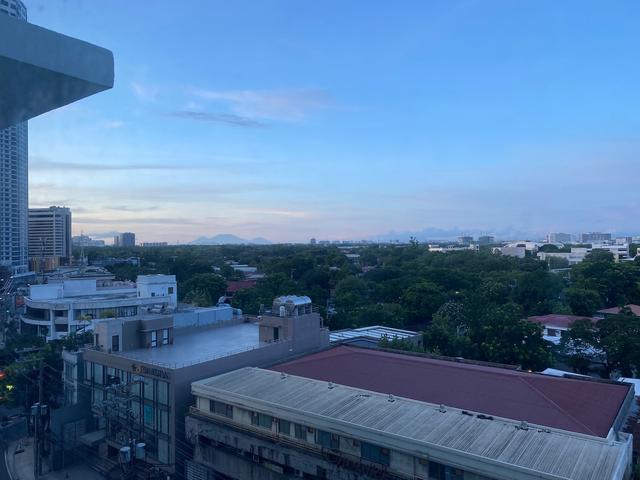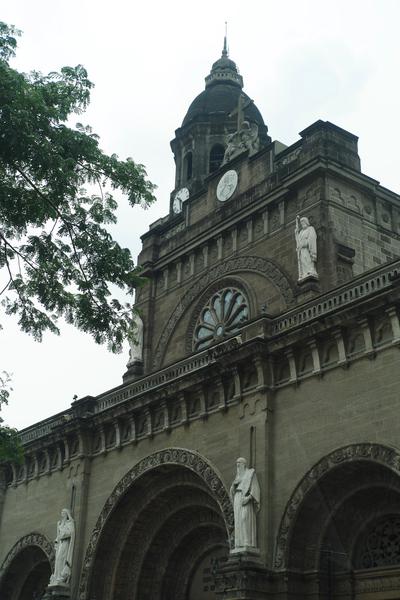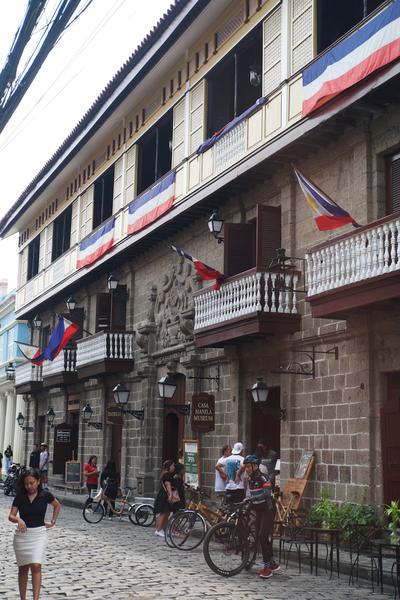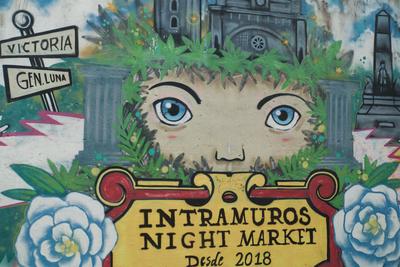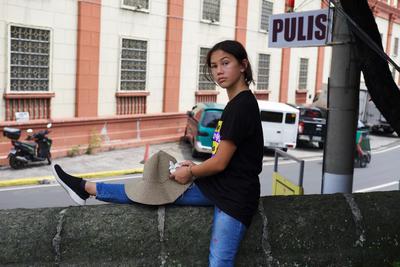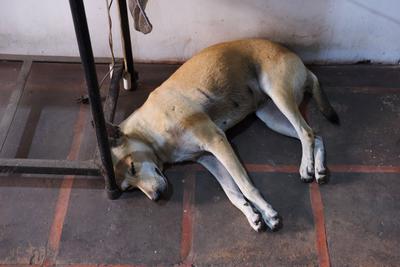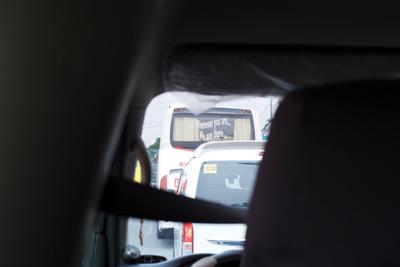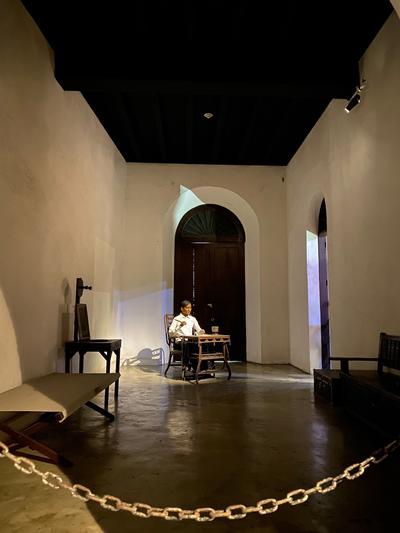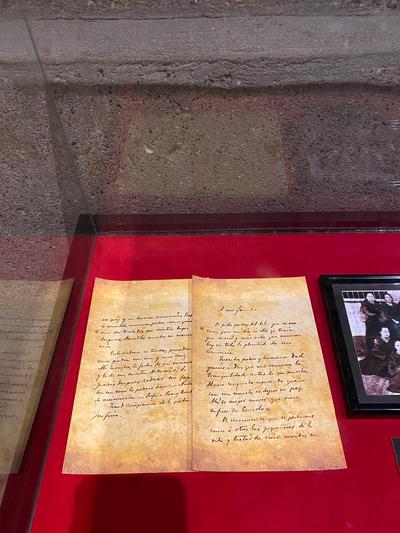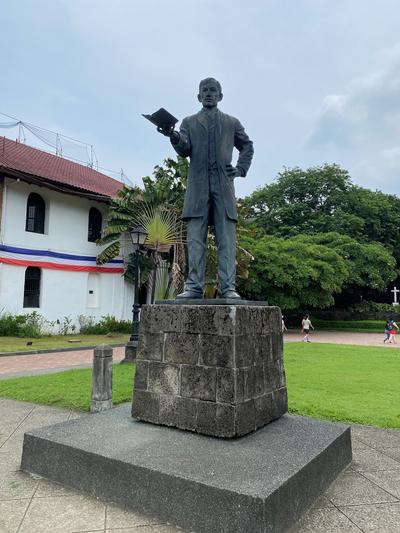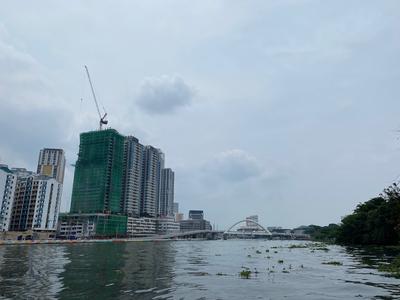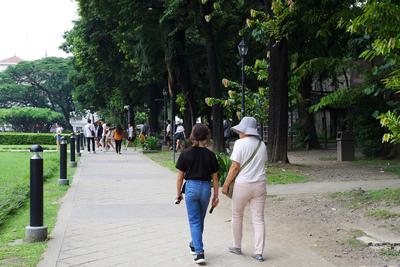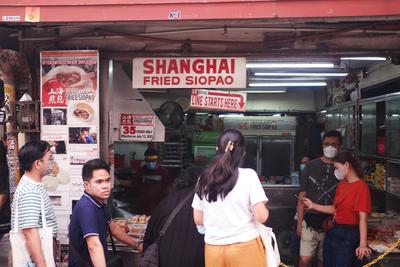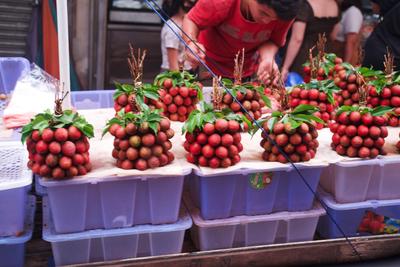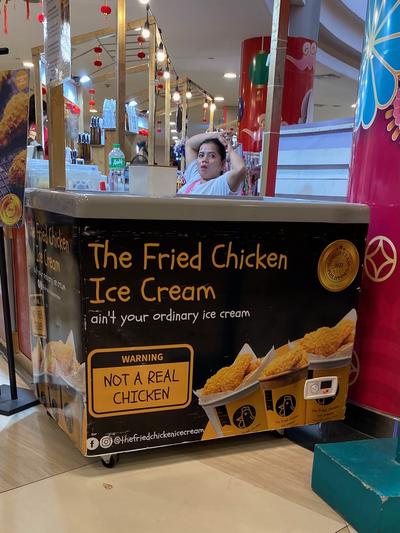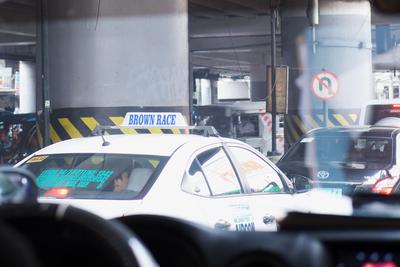Philippines & Japan 2023, Part Six: Manila
Continuing my trip recap:
- DC to Coron
- El Nido
- Puerto Princesa/Iloilo
- Cebu
- Bohol
- Manila (this leg)
- Tokyo
Waiting #
We waited in the Panglao airport for a long while—our midday trip was delayed until the early evening, and the sun was already setting as we took off for Manila.
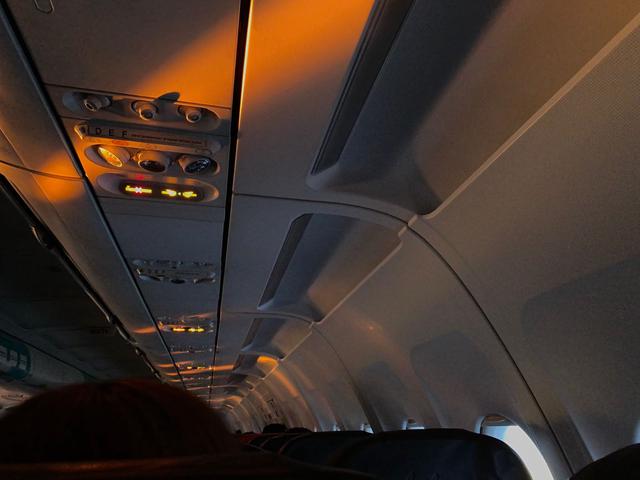
I have a weird relationship with Manila—it’s the place where I spent most of my life in the Philippines, but it’s not a city I love. It’s densely-packed, but the transportation infrastructure that could alleviate that density is terrible. So traffic is even worse than it was growing up. A distinct change is the number of motorcyles on the road—lots of folks have turned to two wheel transport to try and beat the traffice.
Manila lacks the public parks/gardens that give you a respite from the urban crush in other cities. Instead you have…shopping malls. It feels bad that public space is oriented around commerce.
Back in the land of Malls #
We piled into two Grab rides (the local equivalent of Uber/Lyft) and made our way to our hotel in Makati City, one of the big commercial districts in Metro Manila. Makati is where we went to high school, and where we did most of our shopping and hanging out on weekends. My brother, his wife, and I took some time to walk around the Greenbelt shopping center, which used to be a patchwork of freestanding department stores and malls, all of which are now fused into one giant megazord complex.
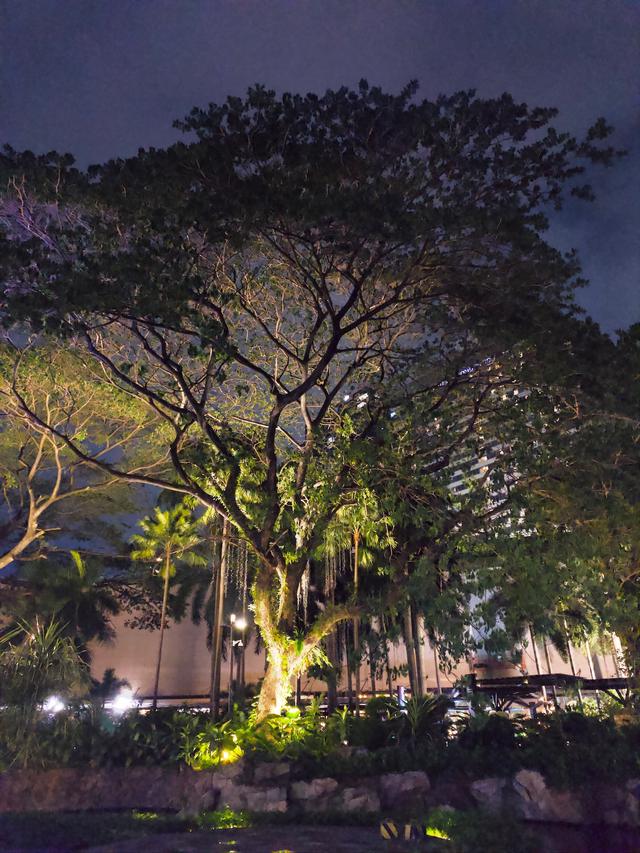
Makati is a bit deceptive with its high-end hotels and boutiques and restaurants. Walking within the giant connected malls you can forget how much traffic, pollution, and poverty exist in other areas of Metro Manila.
Old city #
In the morning we piled into a van to tour some of historic Manila, parts of which date back to the Spanish colonial era. Along the way we passed some of Imelda Marcos’s old cultural center projects:
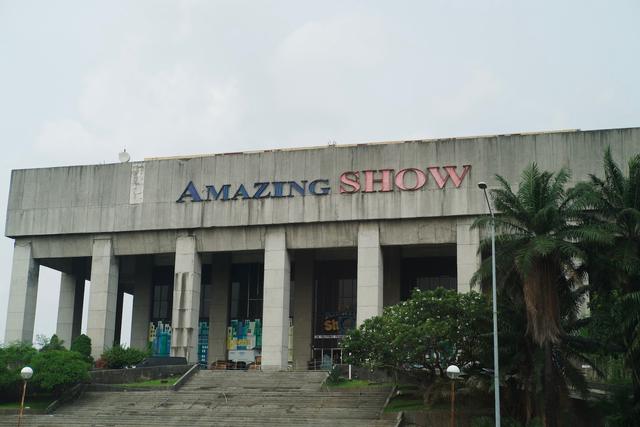
We also drove by the Philippine International Convention Center (PICC) where my high school used to hold its graduation ceremony:
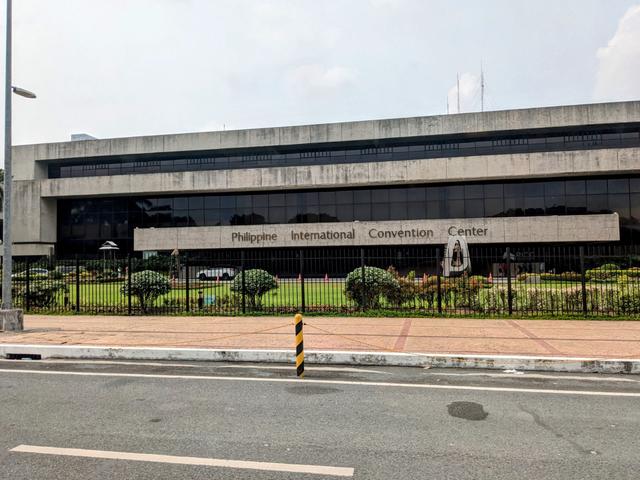
Intramuros #
Intramuros was the old walled city where the Spanish lived while colonizing the country. Driving around Rizal Park and Intramuros we passed a fair number of kalesas (horse-drawn carriages).
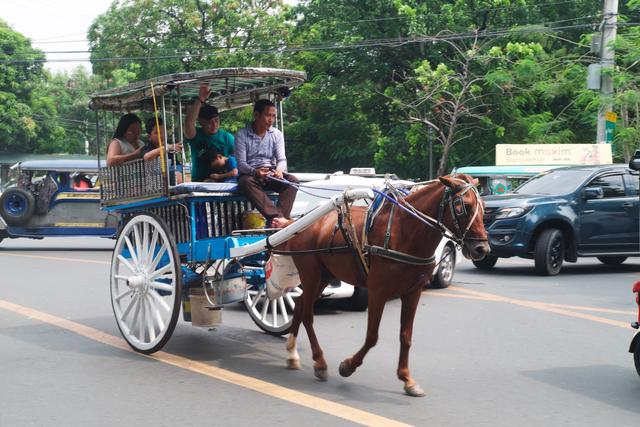
When the Spanish colonized the Philippines they eventually settled in Manila due to its existing trade infrastructure. They eventually built stone walls to enclose part of the city, many of which are still standing.
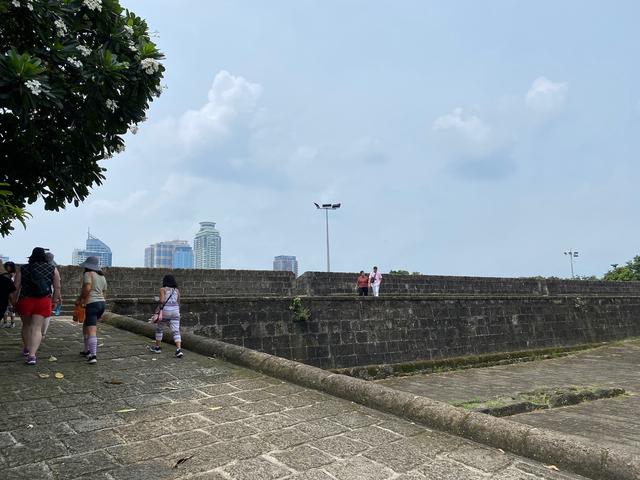
Fort Santiago #
We took some time to visit Fort Santiago, where Jose Rizal was imprisoned leading up to his eventual execution. There were some exhibitions covering his life, work, travels, and his eventual arrest and execution for promoting revolution against the Spanish colonists. The man was a polymath: a doctor, an artist in several mediums, a writer, and a linguist.
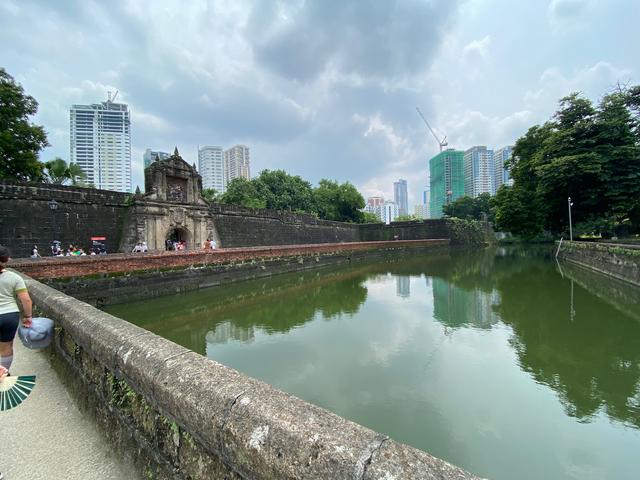
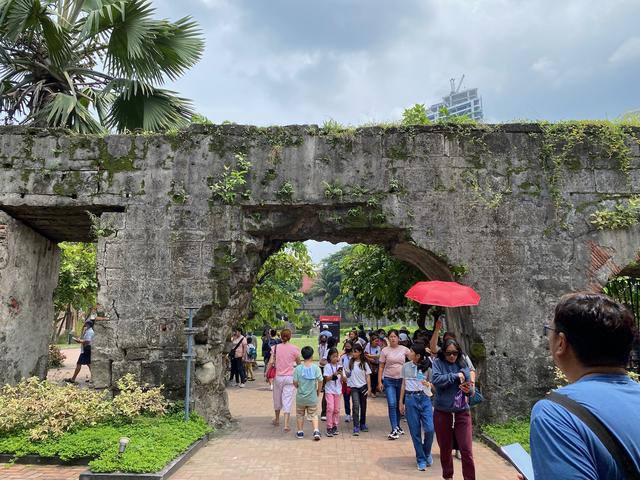
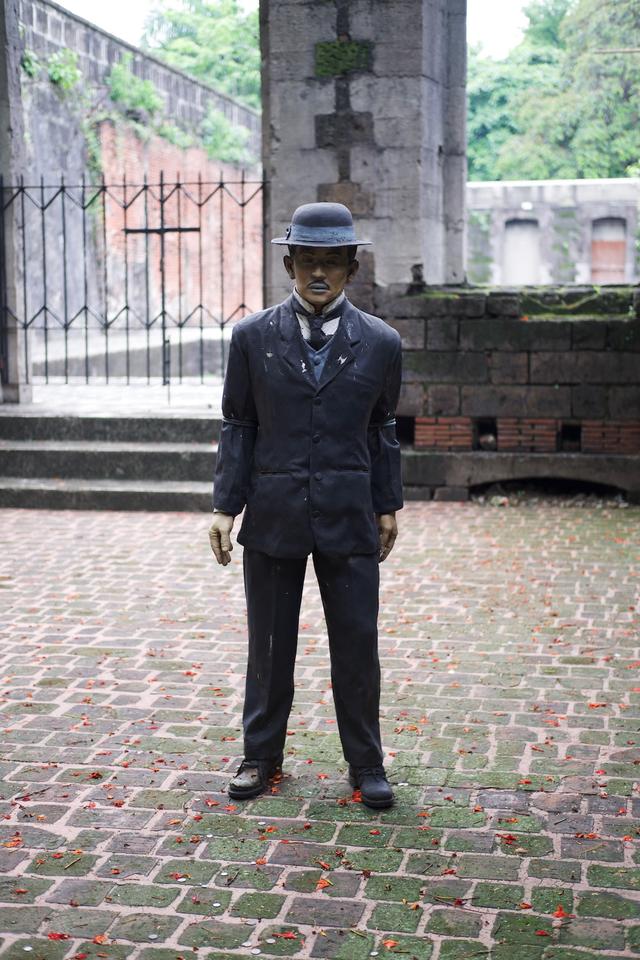
Chinatown #
For lunch we drove a few miles over to Manila’s Chinatown, eventually stopping at the Lucky Chinatown mall for lunch.
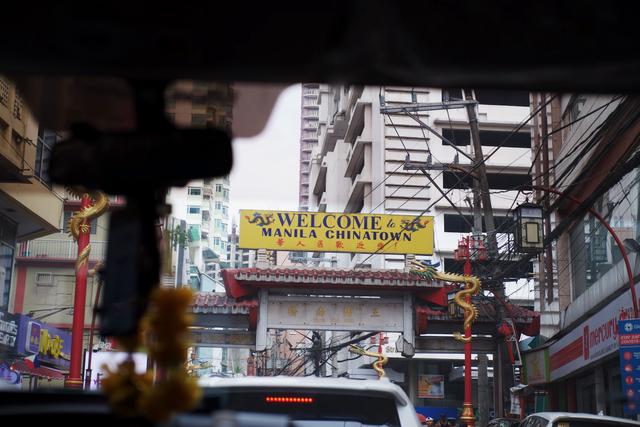
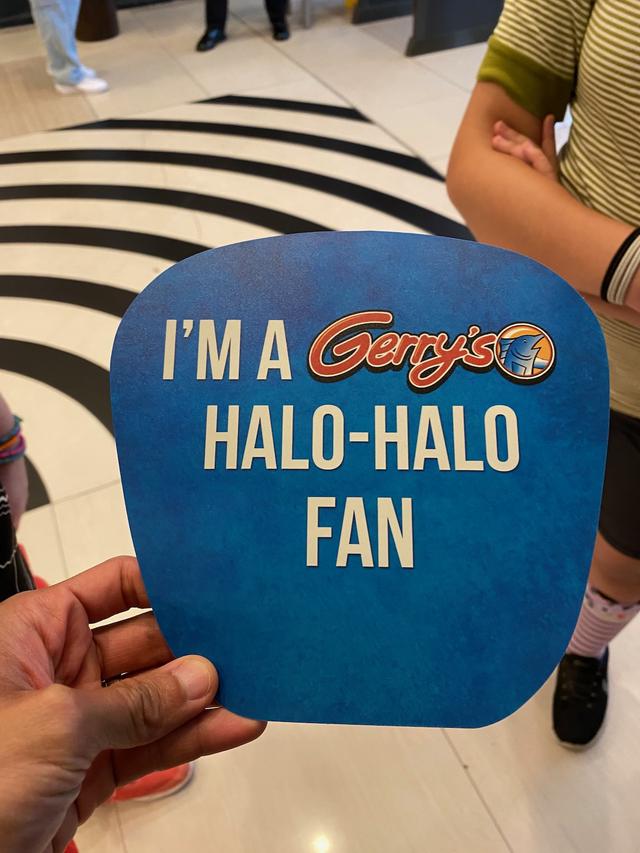
Makati City #
In the afternoon we split up—some folks went shopping, while my brother and I tried to connect our memories of Makati’s past with its present. It was easier to visualize the city from the streets outside the sprawling malls. We walked along Ayala Avenue, trying to remember which of the condominiums lining the street our friends had lived in.
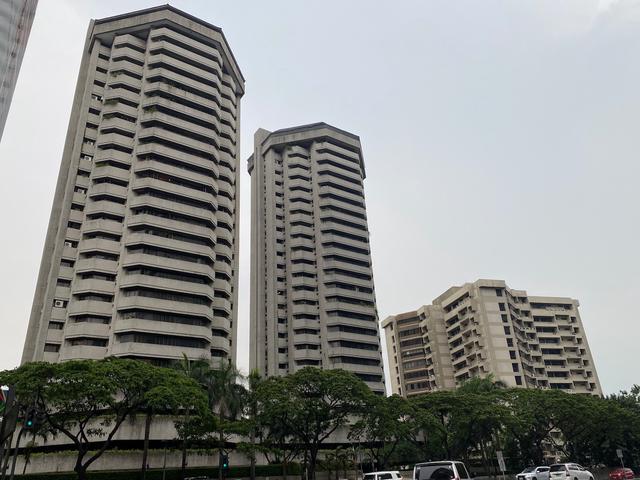
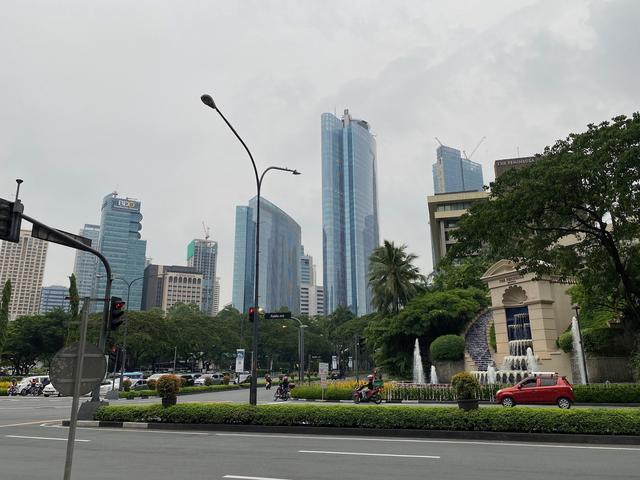
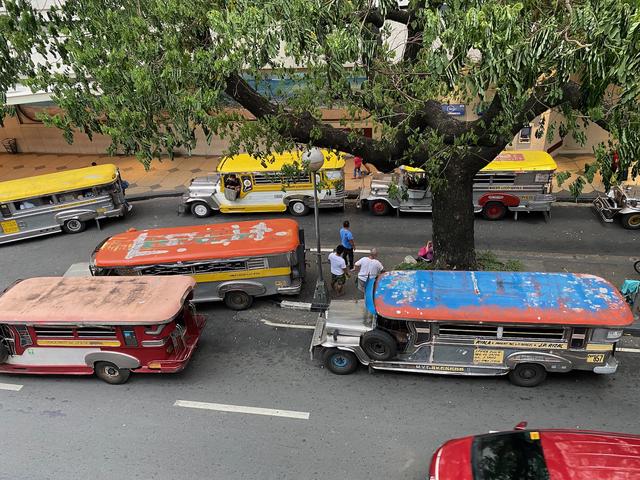
My brother pointed out how the Landmark department store was still there, but you could see where additional storeys were added over time—the two toned structure and ghostly imprint of the sign on the lower levels being the giveaway.
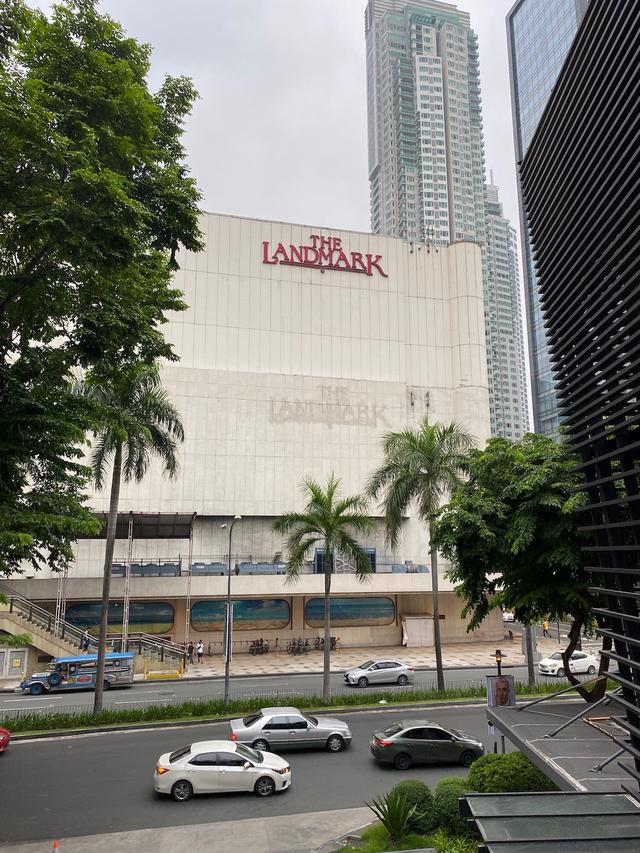
We regrouped for dinner at Manam in Greenbelt. Some of the dishes were interpretations of classic dishes, like a crispy pancit palabok that turned into a small tableside show:
Greenhills and Fort Bonifacio Global City #
Wildflour Cafe #
The next day we had breakfast at Wildflour Cafe, sampling sesame lattes and ube croissants.
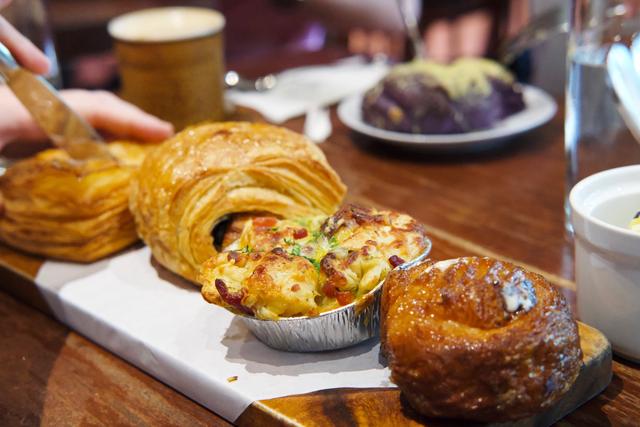
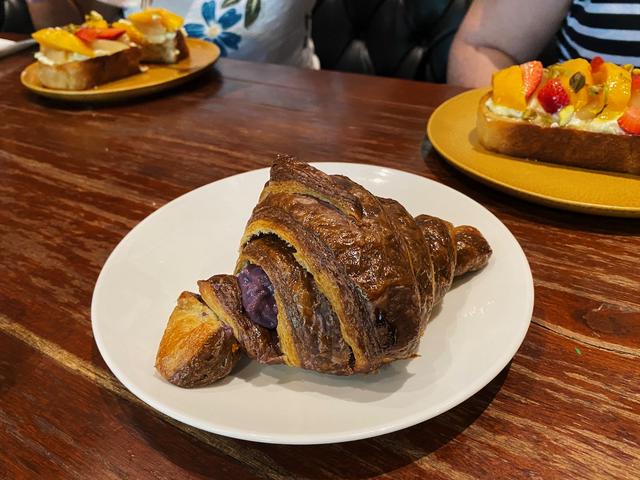
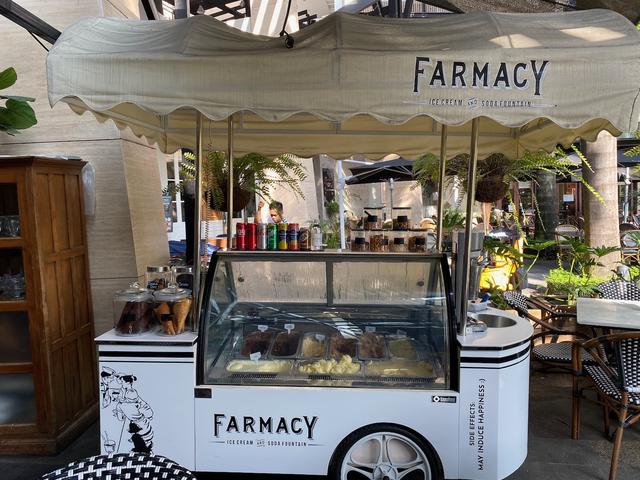
6949 Rosal St #
We drove by the location of our old high school, which no longer exists—the site was taken over by a Trump Tower and a shopping mall. I had hoped to take a photo of the site but there’s no trace of our old school.
We had better luck finding the house we used to rent—the neighborhood around it was quickly getting converted to high-rises and shopping malls, but the house itself was still standing. I remember the green metal gate leading to the garage, even if the exterior has since been converted to a small store. I imagine the house will no longer be there the next time we manage to visit Manila.
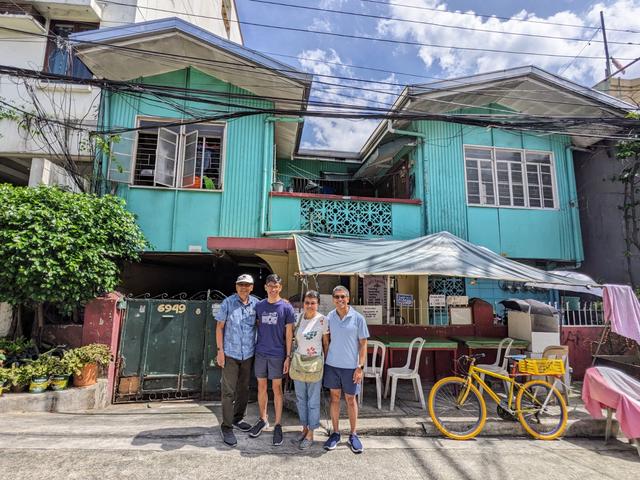
Greenhills Pearl Market #
Next we took a trip to the pearl markets at Greenhills. My mom makes handmade jewelry, and had been hoping to show us the pearl vendors so people could find gifts. My mom also selected some pieces that she would re-string with different designs and clasps.
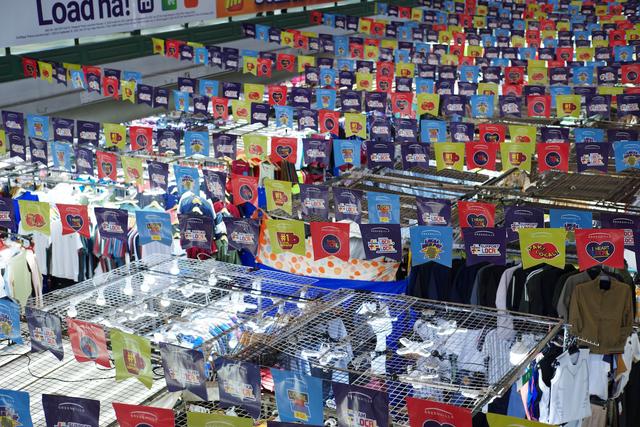
Fort Bonifacio Global City #
We drove to Fort Bonifacio Global City, a former military base that was opened up to commercial development. It’s the new location for our high school, the International School Manila. We tried to walk onto the campus but security wouldn’t let us in without an appointment. Here’s our sad photo outside:
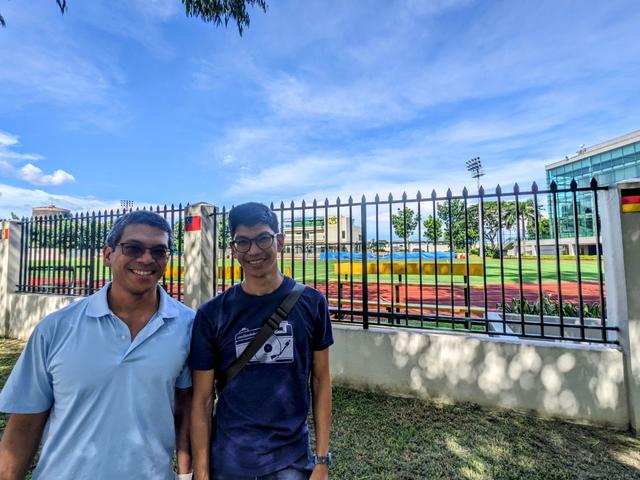
We closed out the day at the hotel pool, did a little shopping, and then had dinner at a sushi restaurant near our hotel—perhaps unconsciously prepping for our flight to Japan the next day.
